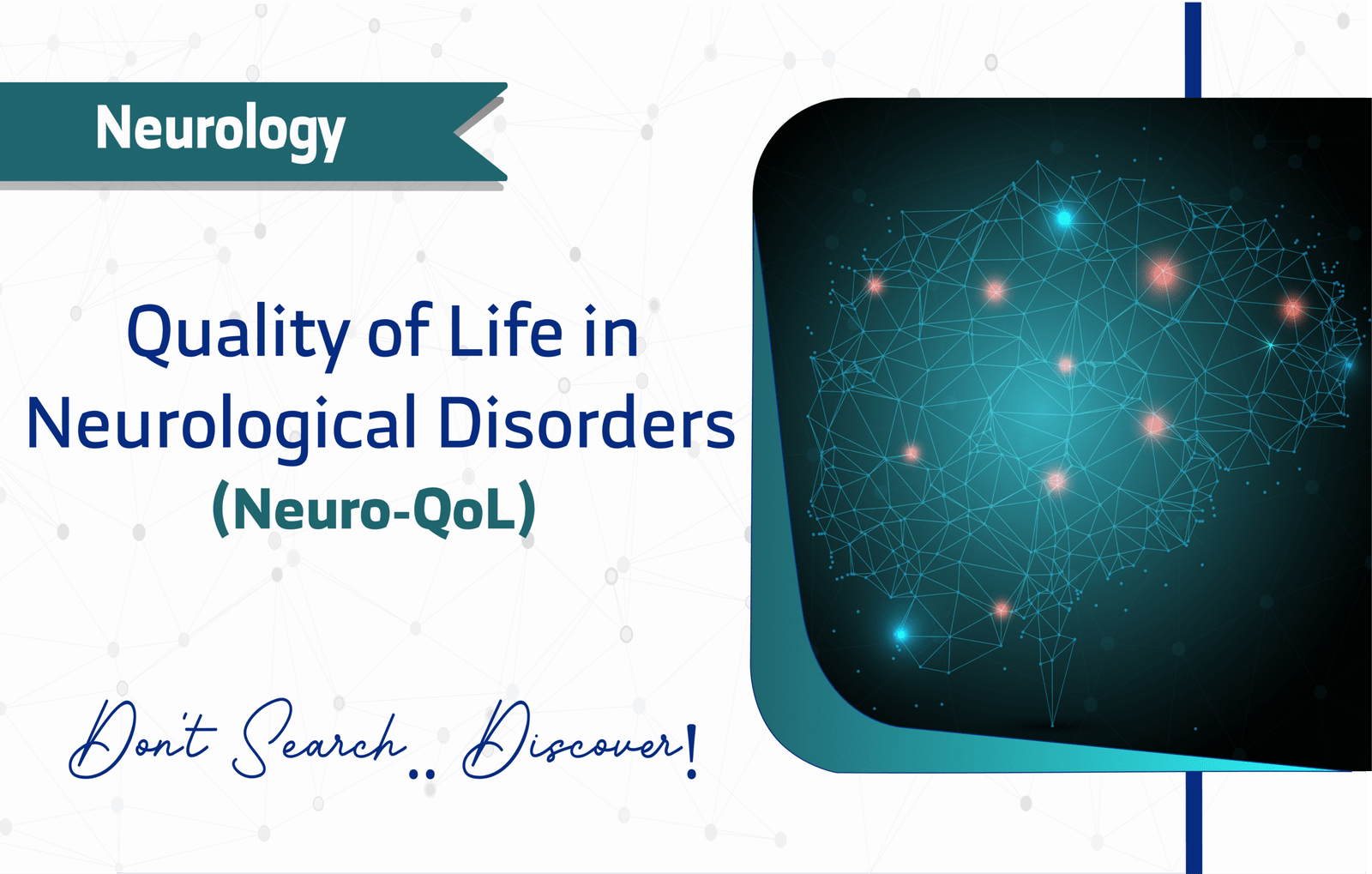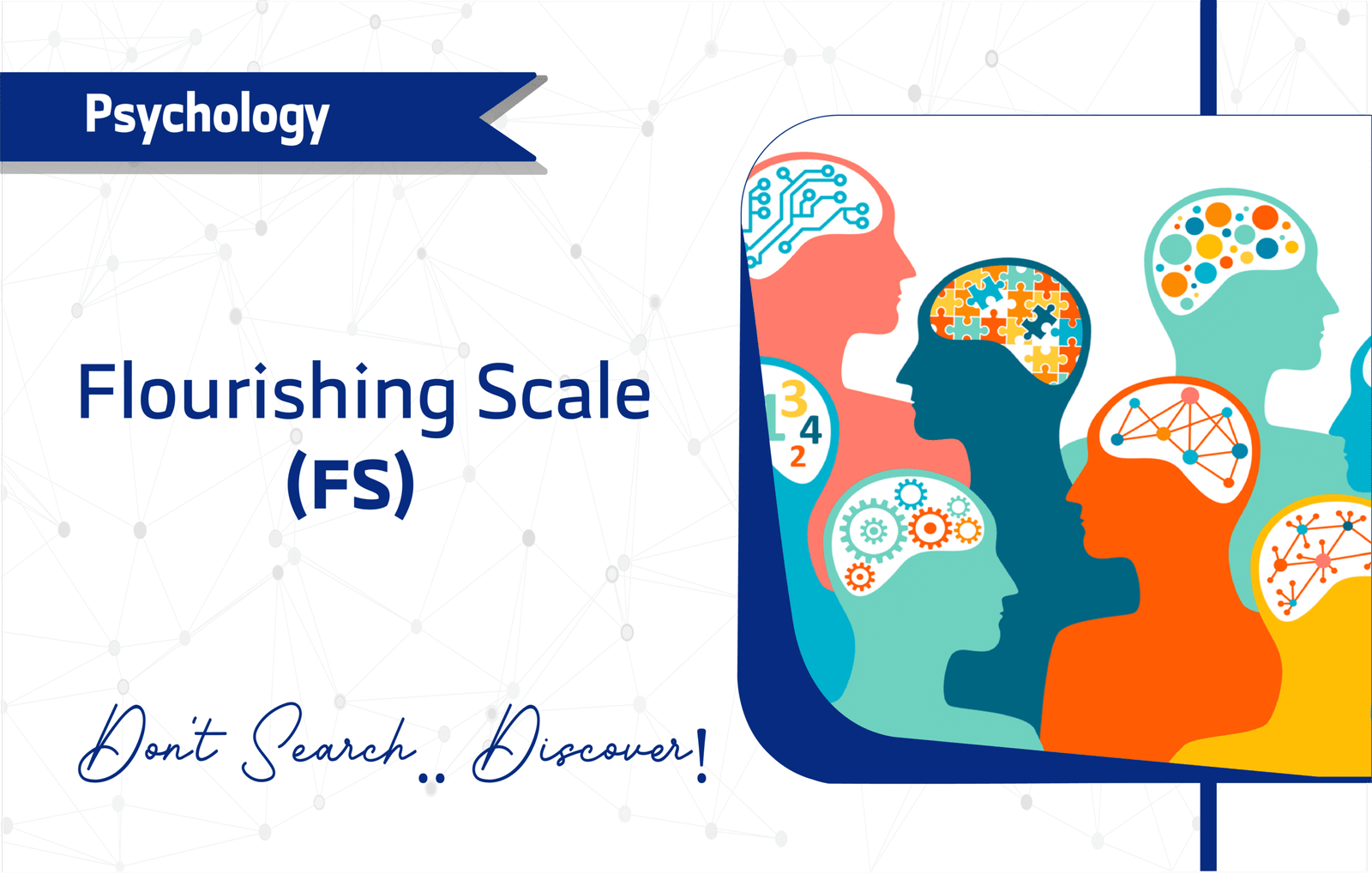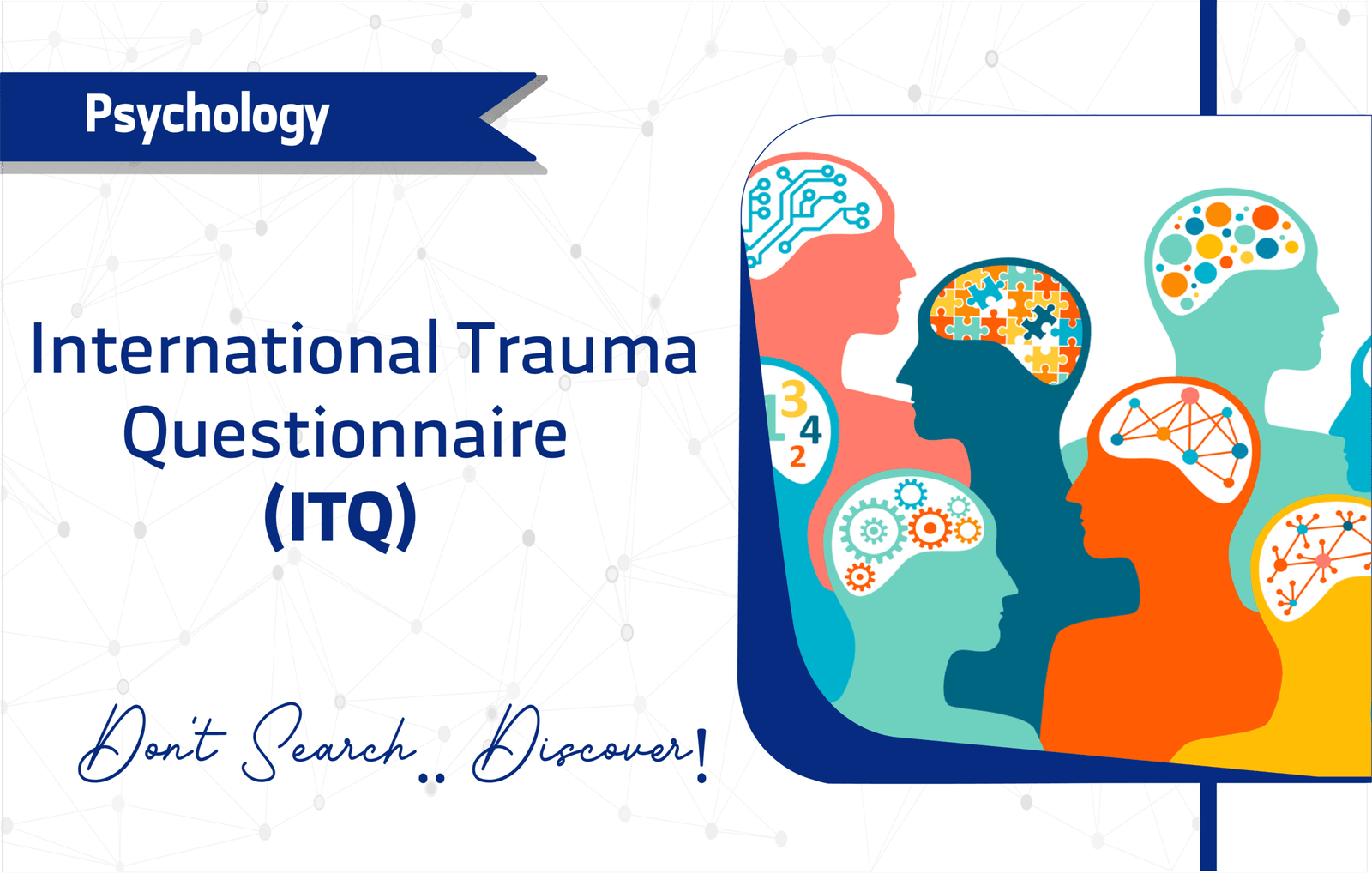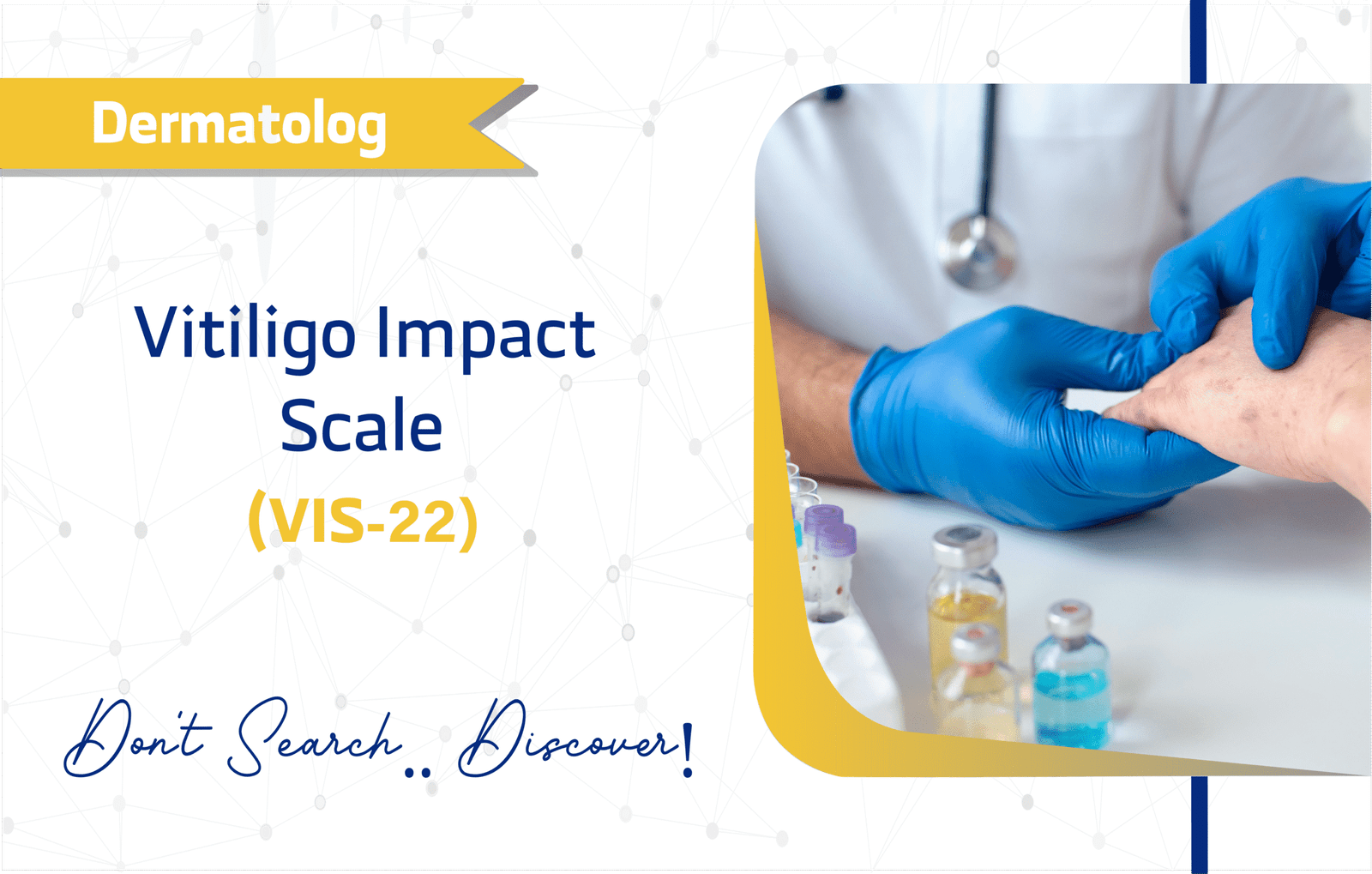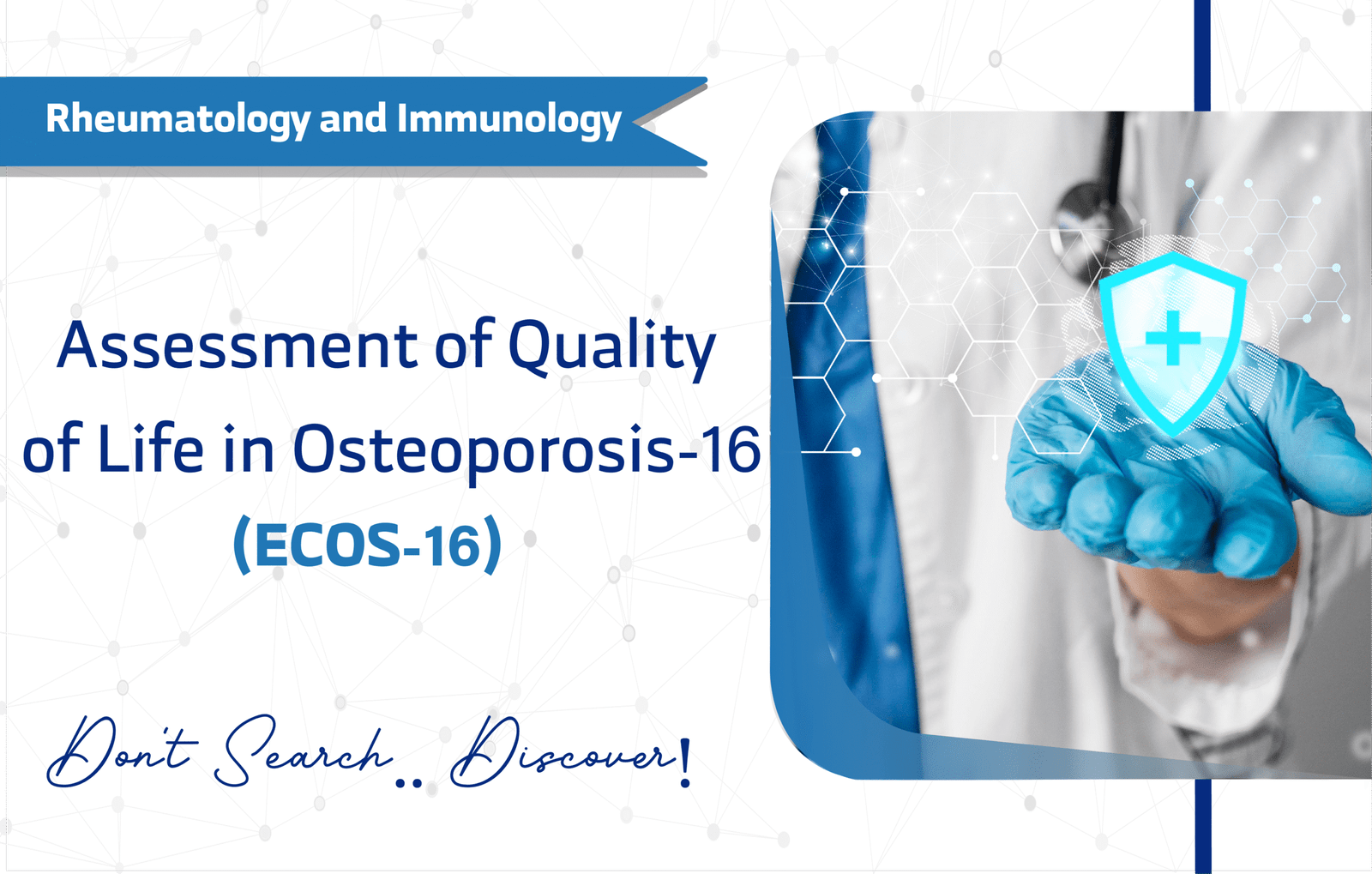Introduction
The Quality of Life in Neurological Disorders (Neuro-QoL) offers a robust, standardized tool to evaluate the physical, mental, and social impacts of neurological conditions. In 2012, David Cella, Jin-Shei Lai, and colleagues, with funding from the National Institute of Neurological Disorders and Stroke (NINDS), developed Neuro-QoL, which now boasts over 1,000 citations on Google Scholar. Consequently, this reflects its critical role in neurology research and clinical practice. Specifically designed for adults and children with neurological disorders, this self-report questionnaire captures patient-reported outcomes across diverse domains. As a result, it empowers researchers and clinicians to enhance care and monitor treatment efficacy effectively.
This article explores Neuro-QoL’s features, applications, and limitations, thereby providing a detailed resource for neurology experts aiming to integrate it into their work.
Key Features of the Quality of Life in Neurological Disorders (Neuro-QoL)
Purpose and Use
Neuro-QoL evaluates health-related quality of life (HRQL) in patients with conditions like stroke, epilepsy, or multiple sclerosis. By focusing on physical, mental, and social effects, it delivers a comprehensive picture, making it ideal for clinical trials, patient monitoring, and treatment planning. Unlike broader tools, its neurology-specific design ensures precision. Therefore, Neuro-QoL stands out as a targeted solution for assessing neurological impacts.
Target Population
Neuro-QoL serves a wide range of age groups, including:
Children (8–12 years)
Adolescents (13–17 years)
Young Adults (18–24 years)
Middle-Aged Adults (25–44 years)
Older Adults (45–64 years)
Seniors (65+ years)
Additionally, it applies to students in high school settings. For children or cognitively impaired patients, proxy reporting broadens its utility. Thus, Neuro-QoL accommodates diverse populations effectively.
Structure
Neuro-QoL includes 17 domains and subdomains for adults and 11 for children, grouped into three main areas:
Physical: Mobility, Fatigue, Upper/Lower Extremity Function
Mental: Anxiety, Depression, Cognition
Social: Stigma, Social Roles
Each domain uses self-reported questions, such as “How often did you feel tired?” for symptoms, “How much difficulty did you have with walking?” for function, and “I felt left out” for social impact. Moreover, questions employ a 5-point Likert scale (1 = least, 5 = most) based on frequency or difficulty, ensuring nuanced data collection.
Scoring Method
Neuro-QoL utilizes T-scores (mean = 50, SD = 10) calibrated to the U.S. general population. Respondents score items on a 5-point Likert scale (e.g., 1 = Never, 5 = Always). For symptom-based domains like Fatigue, higher scores indicate worse function, whereas for well-being domains like Social Roles, higher scores reflect better function. Additionally, Computer-Adaptive Testing (CAT) dynamically selects items, reducing completion time. For detailed scoring, consult the Neuro-QoL User Manual.
Administration Format
Neuro-QoL, a self-administered tool, prioritizes efficiency. Each domain takes less than 2 minutes to complete, and total administration typically spans 5–10 minutes, depending on the number of domains assessed. Furthermore, Computer-Adaptive Testing (CAT) adjusts the number of items based on responses, optimizing accuracy. It supports multiple formats:
Paper-based forms
Digital (online) platforms
Mobile apps
In-person interviews
Phone/video calls
Since no specialized training is required, Neuro-QoL fits seamlessly into busy clinical or research settings.
Applications of the Quality of Life in Neurological Disorders (Neuro-QoL)
Neuro-QoL serves multiple purposes in neurology:
- Screening: Identifies patients with significant HRQL impairments.
- Monitoring: Tracks changes in quality of life over time, especially post-treatment.
- Treatment Planning: Guides personalized interventions based on patient-reported data.
- Research: Widely used in clinical trials to assess treatment efficacy, as evidenced by its extensive citations.
Languages and Availability
Neuro-QoL is available in multiple languages, including:
Arabic
English
Mandarin Chinese
Spanish
French
As well as Russian, German, Portuguese, Japanese, Hindi.
According to the Neuro-QoL website, additional translations are in progress. Notably, English and Spanish versions share identical item calibrations, with U.S.-based calibration data showing no significant differential item functioning, ensuring consistent scoring across these languages. As an open-access tool, Neuro-QoL requires permission for use, obtainable through HealthMeasures. Thus, its multilingual framework supports global research and clinical use.
Reliability and Validity
Neuro-QoL demonstrates high reliability and validity, with Cronbach’s alpha ranging from 0.85 to 0.97, indicating excellent internal consistency. Moreover, its test-retest reliability ensures stable results, and validation studies confirm its applicability across neurological conditions.
Validation Studies:
Limitations and Considerations
Despite its strengths, Neuro-QoL has a few limitations:
- Self-report: Respondents may be influenced by social desirability bias or personal interpretation.
- Length: With multiple domains, it can feel lengthy for some patients.
- Lack of Sensitivity to Change: Certain domains may not capture subtle treatment effects.
Other Versions and Related Questionnaires
Other Versions
- HDQLIFE: Adapted for Huntington’s disease.
- TBI-CareQOL: For caregivers of traumatic brain injury patients.
- Pediatric & Adult Short Forms/CATs: Streamlined versions for efficiency.
Complementary Questionnaires
- PROMIS®: Measures general health outcomes.
- NIH Toolbox®: Assesses neurological and behavioral function.
- ASCQ-Me: Focuses on sickle cell disease quality of life.
Additional Resources
For more on Neuro-QoL:
- Access the Original Validation Study.
- Download the questionnaire as a PDF via the Neuro-QoL User Manual.
- Contact HealthMeasures for inquiries.
- Explore additional resources at HealthMeasures Neuro-QoL.
Frequently Asked Questions (FAQ)
- Who can use Neuro-QoL?
Clinicians, researchers, and healthcare providers for patients aged 8+ with neurological conditions. - How long does it take to complete Neuro-QoL?
Each domain takes under 2 minutes, with full administration in 5–10 minutes. - How is Neuro-QoL administered?
Via paper, digital platforms, mobile apps, in-person interviews, or phone/video calls. - Is there a cost to using Neuro-QoL?
Neuro-QoL requires permission for use, obtainable through HealthMeasures.
A Word from ResRef about the Quality of Life in Neurological Disorders
The Quality of Life in Neurological Disorders (Neuro-QoL) offers standardized, efficient assessment of HRQL across diverse neurological conditions, enabling cross-disease comparison with strong psychometrics. Whether you’re a researcher evaluating disease impact or a clinician improving patient care, Neuro-QoL reveals critical areas that need attention. Consequently, it leads to better outcomes and informed treatment decisions. Explore its resources at HealthMeasures to enhance your work.
References
- Cella D, Lai JS, Nowinski CJ, Victorson D, Peterman A, Miller D, Bethoux F, Heinemann A, Rubin S, Cavazos JE, Reder AT, Sufit R, Simuni T, Holmes GL, Siderowf A, Wojna V, Bode R, McKinney N, Podrabsky T, Wortman K, Choi S, Gershon R, Rothrock N, Moy C. Neuro-QOL: brief measures of health-related quality of life for clinical research in neurology. Neurology. 2012 Jun 5;78(23):1860-7. doi: 10.1212/WNL.0b013e318258f744. Epub 2012 May 9. PMID: 22573626; PMCID: PMC3369516. link


